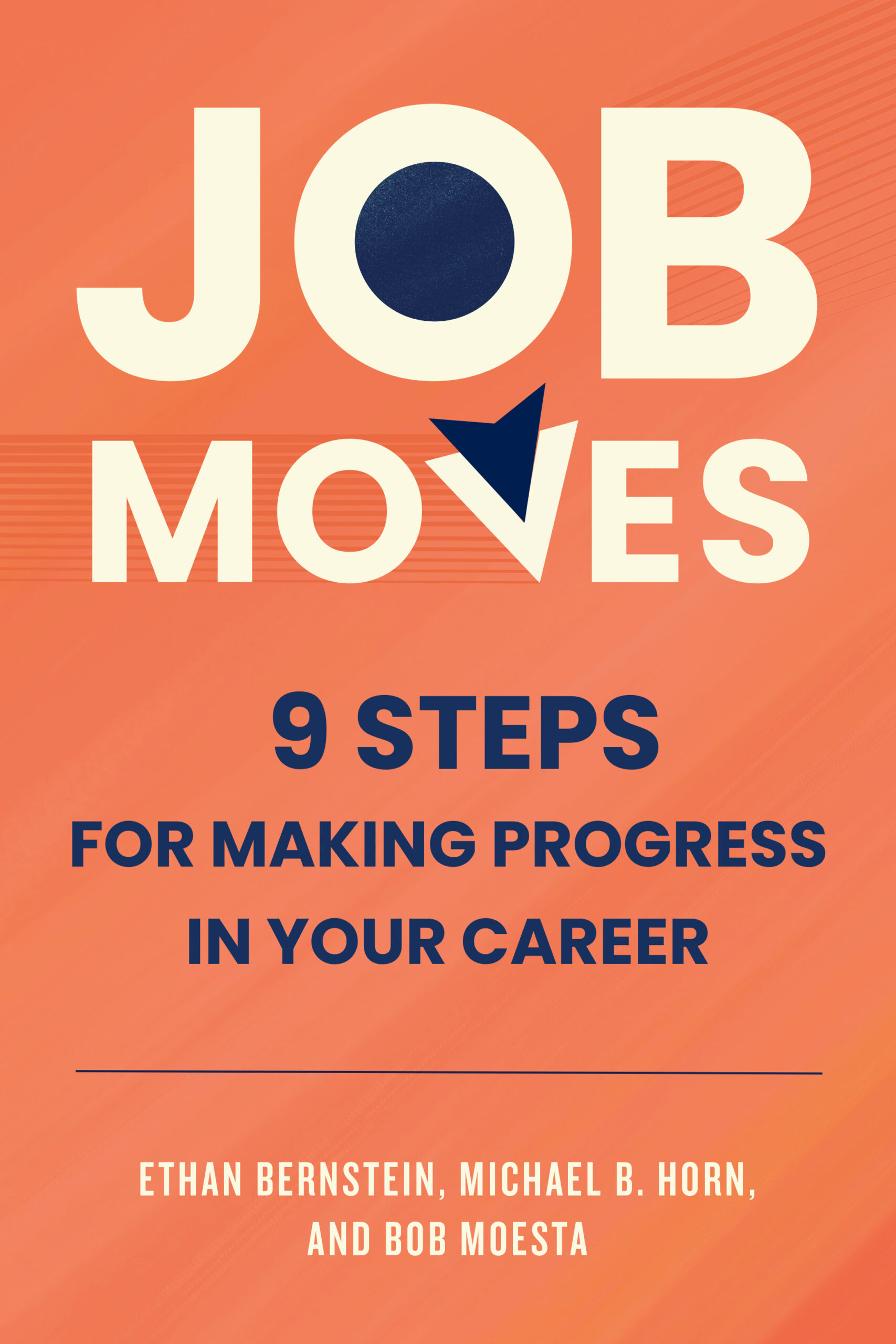Why Teachers Aren’t Buying What Education Reformers Are Selling
So-called education reformers—myself included—constantly propose new plans, programs, and policies to fix whatever supposedly ails public education.
These ideas often fall flat because teachers aren’t buying what the reformers are selling.
For any change in a school to be successful, the teachers in that school have to buy-in and execute it well.
Too often reformers forget to understand the progress that teachers are trying to make. They ignore what would motivate teachers to make changes in their classrooms and schools.
Instead, reformers just feel if they can reach the “innovators” and the “early adopters,” as the first users of a new innovation are called in Everett Rogers’ diffusion of innovation theory, then they can figure out how to “cross the chasm” and reach the early and late majority of teachers. Or school leaders and policymakers decide they can just impose the change in a top-down fashion.
But innovators and early adopters are not a personality type. They are individuals who are facing some struggle and then decide to change and adopt a new behavior. And compelling someone to change doesn’t mean they will do the change well.
If we can understand the struggles teachers are facing in their context, their desired outcome, and what causes them to change behavior, then we can design better solutions that teachers will want to pull in to their classrooms and schools—and not be forced to adopt. That means we can likely also help far more people be an “innovator” or an “early adopter.”

0 comments